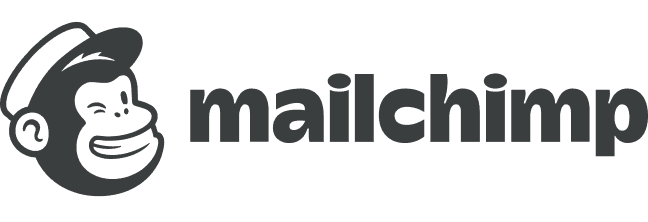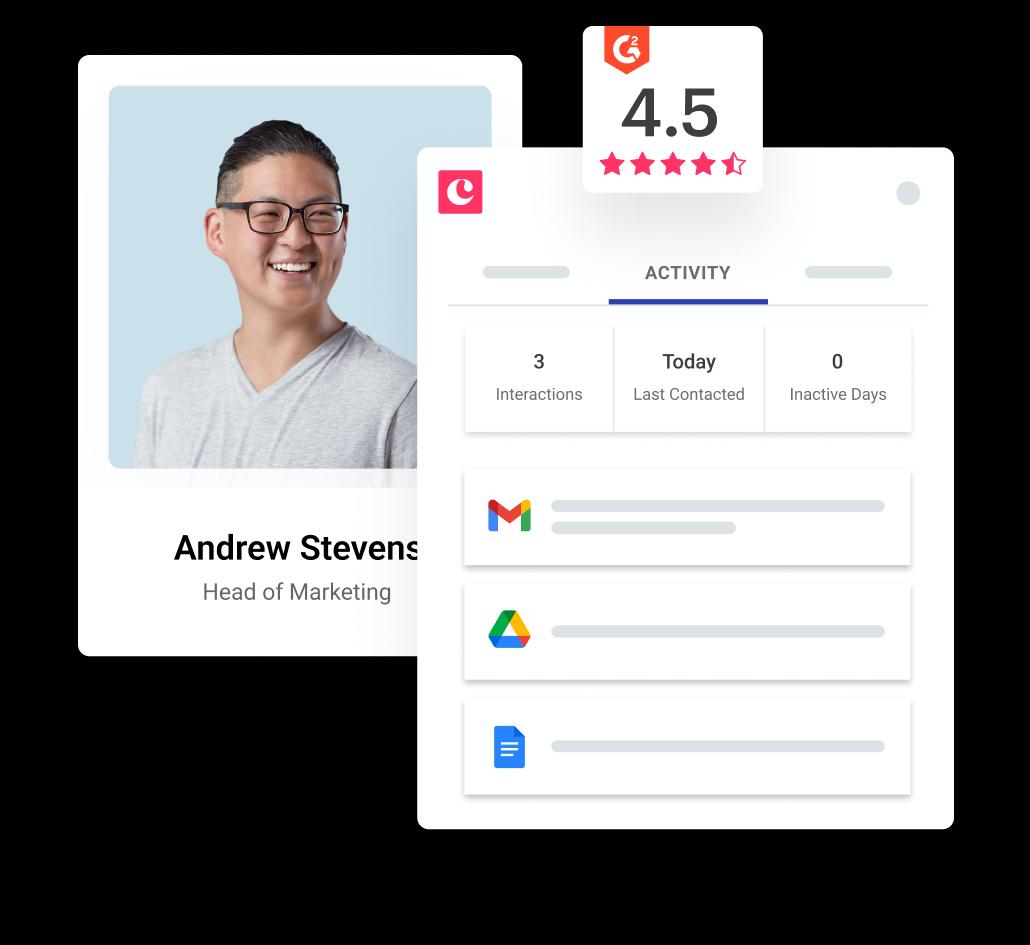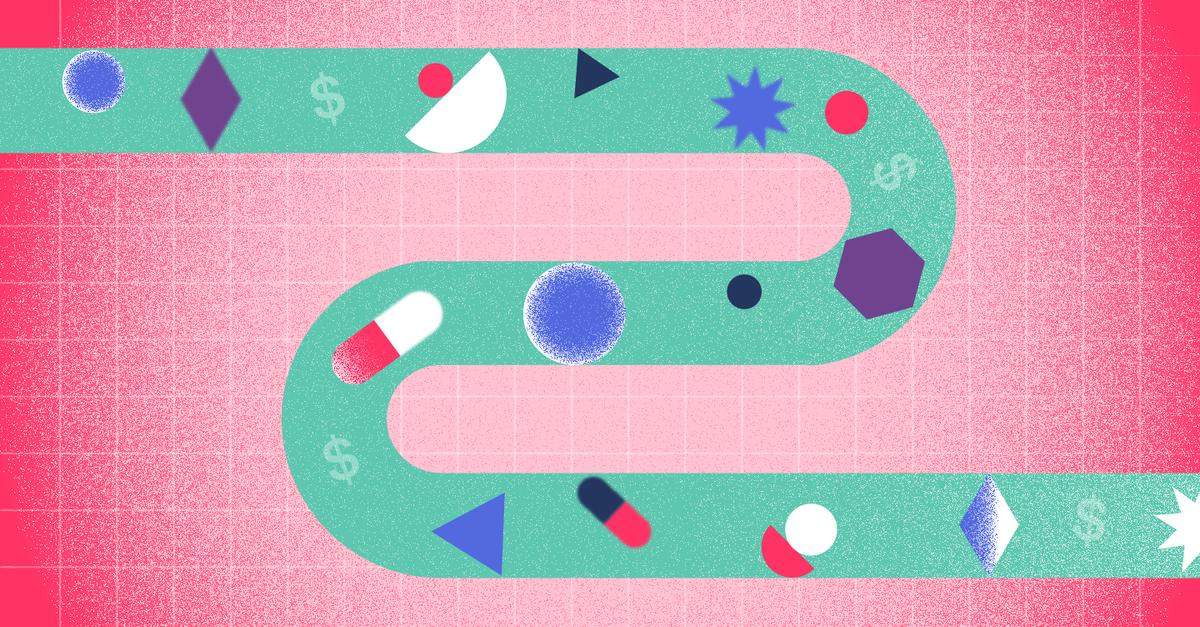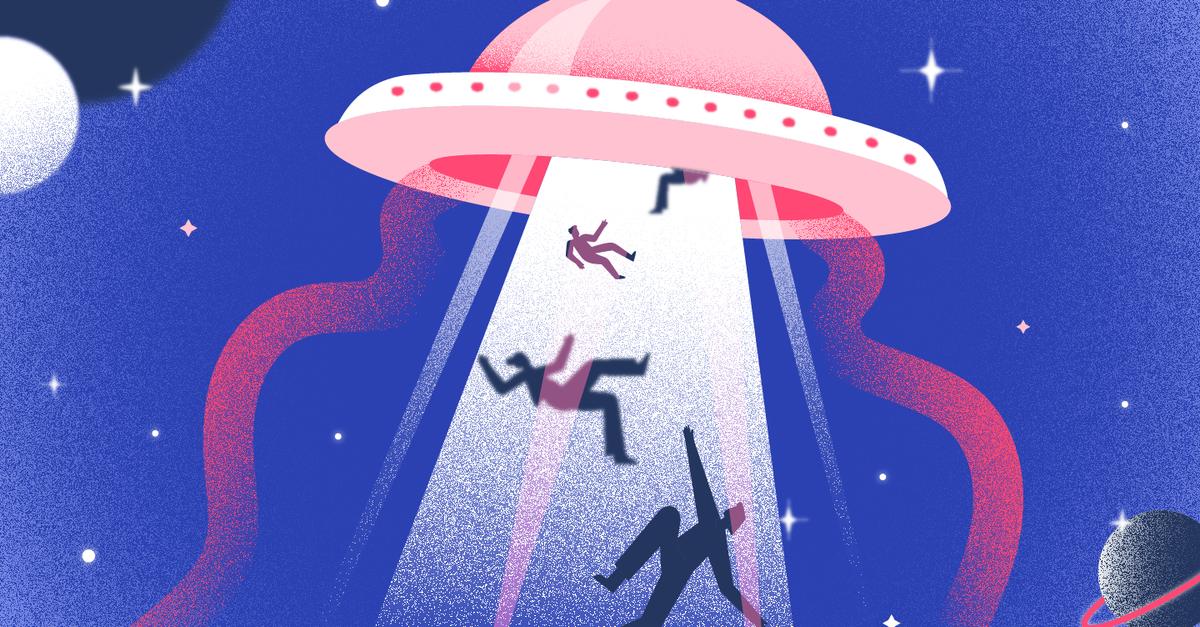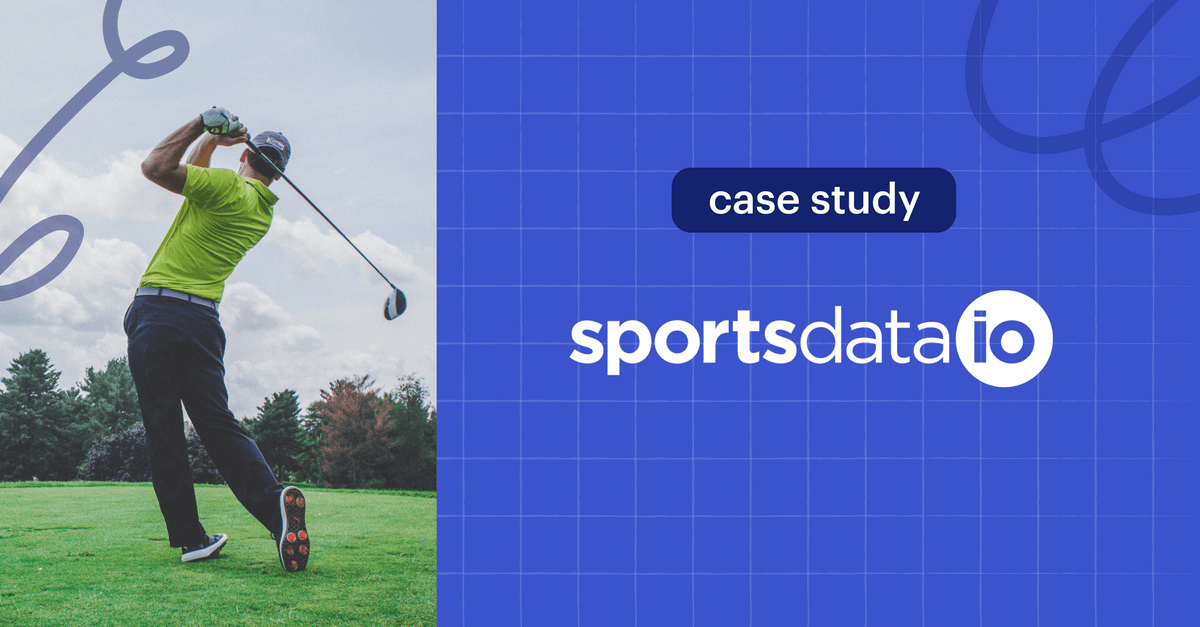Copper Staff
Contributors from members of the Copper team
When you're starting a business, it's easy to lose track of leads. In fact, around 90% of leads that companies send to their sales departments never take action.
Can you imagine the amount of time and money wasted every year trying to capture potential customers, only to have most of them slip through the cracks?
No wonder nine out of 10 startups fail.
If you have no sales process in place to manage and follow up on leads, you lose momentum in driving relationships to the next step of the sales process. Your growth will be inconsistent, and your pipeline will dry up––which means no revenue coming in.
Enter the sales funnel: the key to an efficient and effective relationship-driven sales process.
What is a sales funnel?
Imagine your potential market is a bucket of water, and your business is an empty wine bottle.
If you try to pour that water from the bucket directly into the bottle, you’ll risk spilling most of it—and the water may not even fill the bottle.
But if you use a funnel to help guide the water from the bucket into the bottle gradually, your bottle will fill quickly with no mess.
A sales funnel is like that water funnel.
It’s the system you use to generate leads from the bucket of potential customers in your market and guide them through each stage of the decision-making process, narrowing the focus of your relationship until they’re ready to drop into the bottle of your business by buying.
Build relationships while making sales.
Traditionally, sales funnels end with the sale and that’s it––once you get their credit card number, customers are passed on to support if there are any problems.
In today’s Relationship Era, the fastest-growing companies recognize that the sale is just the beginning of the customer relationship. The more you foster your relationships from the very beginning, the more likely you’ll get referrals and the more likely you’ll sell additional offerings to existing customers.
Not only that, the more you connect with your customers, the more you’ll get feedback that helps guide the direction of your business.
A relationship-driven sales funnel is what takes a small business like AirBnB from an air mattress rental scheme to a major company giving hotel chains a run for their money.
It’s there to help you connect with your potential customers at each stage so that by the time they’re ready to buy, you’ve already built a mutually beneficial relationship. You’re invested in each others’ success.
Why are sales funnels so important to business growth?
There are three main reasons why a sales funnel is central to the growth of a business:
1. Sales funnels are based on human behavior.
The sales funnel is broken into a series of stages (which we’ll cover in a moment) that follow the psychological principles behind the decision-making process.
It doesn’t matter what the decision is––it can be about what streaming video app you want to subscribe to or what you want to name your baby. Either way, the human brain follows the same pattern as reflected in the sales funnel.
2. Sales funnels give you a better understanding of your customer’s journey.
Because the sales funnel structure reflects human decision-making behavior, it demands that you understand your customer’s buying behavior in order to interact with them effectively at every stage of their journey.
When you step into your customer’s shoes and see what they’re trying to accomplish, you can better position your offerings and marketing campaigns.
For example, a buyer for a catering company may have a very different journey to purchasing a gas barbecue than a cookout-loving suburban dad. You can change your messaging and customer touchpoints according to their needs.
3. Sales funnels offer a continuous feedback loop for finding and fixing leaks.
Over the past decade, a new breed of business has been emerging and outperforming the S&P 500 by 228%. Companies like Starbucks, Apple, and Target have adopted a customer-centric approach that gives them a competitive advantage.
The main factor that distinguishes these fast-growing businesses is the ability to evaluate, innovate, and adapt to customer needs.
And how do you adopt the best practices of a massive company like Starbucks for your small business?
By building a feedback loop into your sales funnel.
For example, you may notice that a lot of people are watching your video case studies but you aren’t getting a lot of requests for consultations.
This tells you there’s a leak in the evaluation stage of the funnel. You can sit down with your sales team to understand what they’re doing to follow up with leads, where they’re losing them, and what behaviors typically lead to a sale.
You can also have conversations with your customers to better understand the factors that helped them decide to buy.
Armed with that information, you can come up with ideas to test for better optimizing your evaluation stage content, like landing pages.
How do sales funnels work?
The sales funnel is divided into three sections:
Top of funnel (TOFU)
The widest part of the funnel represents your content marketing and lead generation process. It focuses on attracting people who want to learn more about a topic, but aren’t necessarily investigating products yet. Typical top-of-funnel marketing content includes informational blog posts, downloadable freebies (aka. “lead magnets”), email newsletters, talks at conferences, and non-promotional social media posts.
Middle of funnel (MOFU)
This is often the “leakiest” part of the funnel because your interactions change from offering free, no-obligation content to asking your potential customer to consider your offerings. If you keep them engaged, your potential customer is no longer just a lead––they’re a sales opportunity. Popular middle-of-funnel content includes one-to-one follow-up emails, case studies, product demos, samples, and free trials.
Bottom of funnel (BOFU)
The narrowest point of the funnel is where your potential customer is ready to decide if they want to do business with you. This is often considered the final step of the sales process. Your job at this point is to convince them to buy and guide them through the payment process. This may involve a website sales page, a proposal, a statement of work, or a contract.
In the Relationship Era, the funnel is flipped.
But the relationship-driven sales funnel doesn’t end at the bottom of funnel; your customer can then move into a “flipped” funnel (hat tip to In the Know), where you focus on customer success, retention, and advocacy.
An example of a relationship-driven sales funnel: Udacity
While the fundamental stages of sales funnels are consistent across industries, your goals and the content you use to connect and guide your customer vary depending on your business.
For example, if your company sells a software as a service (SaaS) product, you may use primarily automated digital marketing tools that focus on helping your potential customers sign up for a free trial (and eventually become paid subscribers).
If you're a brick-and-mortar business owner, your focus may be on using local search and social media to promote sales and events that will get potential customers to walk through the door and buy your products.
Let’s look at an example of a customer journey through an educational SaaS company’s sales funnel.
Top of funnel: the handshake
Imagine you’re stuck in a career rut and you’re curious about learning a new skill that'll give you an advantage at work.
Awareness phase: You’re not even close to being ready to buy; you’re just browsing around Google, looking for answers. You see Google Ads for paid courses, but you ignore them. Finally you find a blog post in the organic search results about why programming is an important job skill.
Interest phase: You decide to download a free ebook (a lead magnet) about programming for beginners. Congrats to both you and the SaaS company: you’re officially a lead on their email list. You get an intro email from a team member: they’re ready to advise you as you learn more about programming.
Middle of funnel: the coffee date
You’re not ready to buy yet, but you’re willing to consider what they have to offer.
Evaluation phase: After you receive a few weekly educational emails, you get an offer to try out a free preview of a Nanodegree course. They ask what you’re interested in learning about and after you reply, they guide you to try out the introduction to programming course. When you complete the preview, you’re prompted to give feedback on what you like so far and what you want to learn more about.
Bottom of funnel: sealing the deal
Decision phase: You're now in the sales pipeline and have changed from qualified lead to opportunity. You receive a follow-up email from the SaaS company’s team member, who you’re on friendly terms with by now. They saw that you completed the preview and want to know if you’re interested in signing up for the full Nanodegree course. It’s time to decide if you want to buy.
Purchase phase: You go to the sales page for the course, where it gives you the option of paying upfront or monthly.
What about the sales funnel stages after you’ve become a customer?
Customer success/community engagement phase: Your instructor and advisor are there to check in with you as you reach each milestone of your course. When you have a problem, they help you navigate it. To keep motivated and accountable to your goals, you join an online community on their website.
Re-evaluation phase: Once you’ve completed your course, your advisor tells you which courses you can take next to stay on track. You try out a few more course previews to help you decide where you’d like to focus next.
Repurchase phase: You sign up for another Nanodegree course.
Referral phase: Your work supervisor is so impressed with your new skills, you let her know about the SaaS company you’ve been using. She discovers that they have a workforce training program for enterprise-level organizations, and she joins their enterprise sales funnel!
Sales funnels drive relationships from strangers to sales to superfans.
Your sales funnel isn’t just a marketing tool. It’s a system for maintaining meaningful connections with the people you’re in business to help, and a way to continuously learn from your customers.
Not only can you use it to consistently improve your product and messaging, the data you gather from it can keep you a step ahead of your prospects’ needs so you’re following up precisely at the right time to close the deal. In other words, it’s the perfect tool for the Relationship Era.





